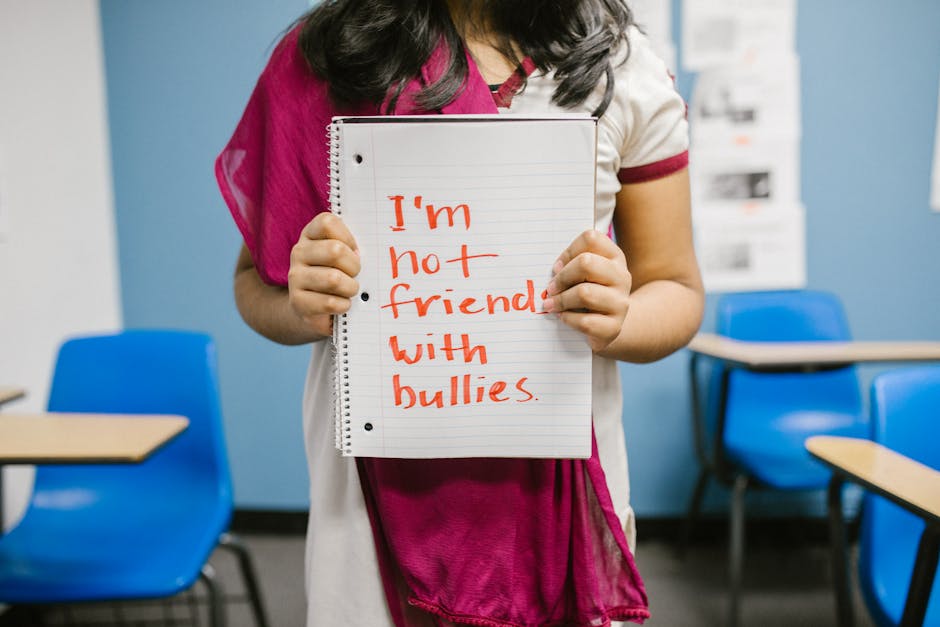Education Against the Current: Bangladesh’s Floating Schools
In Bangladesh’s vast river delta, where floods disrupt daily life, children board boats not just for transport—but for school. Floating schools are a lifeline for thousands in this waterlogged region, ensuring education continues even when roads disappear underwater.
Why Floating Schools? Climate Challenges Meet Innovation
Bangladesh’s 700+ rivers and monsoon floods make traditional schools inaccessible for months. Nonprofits like Shidhulai Swanirvar Sangstha launched the first boat-schools in the 2000s, turning waterways into classrooms for remote villages.
Inside a Floating Classroom
- Design: Brightly painted wooden boats with benches, solar panels, and internet access.
- Schedule: Boats follow fixed routes, picking up students and teaching lessons aligned with the national curriculum.
- Community Impact: Doubles as libraries or adult education centers at night, powered by solar energy.
Transforming Education in Flood Zones
Areas like Chalan Beel and Pirojpur report higher attendance, especially among girls. “The school comes to me now,” says Ayesha, 12, who no longer misses classes due to floods.
Overcoming Obstacles: Costs and Climate Risks
- Maintenance: Boat upkeep is expensive.
- Weather: Cyclones and worsening floods strain resources.
Innovations like digital classrooms and emergency shelter boats help adapt.
A Global Blueprint for Climate-Resilient Learning
From Cambodia to Nigeria, floating schools inspire similar projects. The UN highlights them as a model for adapting education to climate change.
Conclusion: Sailing Toward Brighter Futures
Bangladesh’s floating schools prove that ingenuity can conquer geographic barriers. As climate challenges grow, these boats offer more than education—they anchor hope.
For more stories on innovative education, follow NextMinuteNews.




